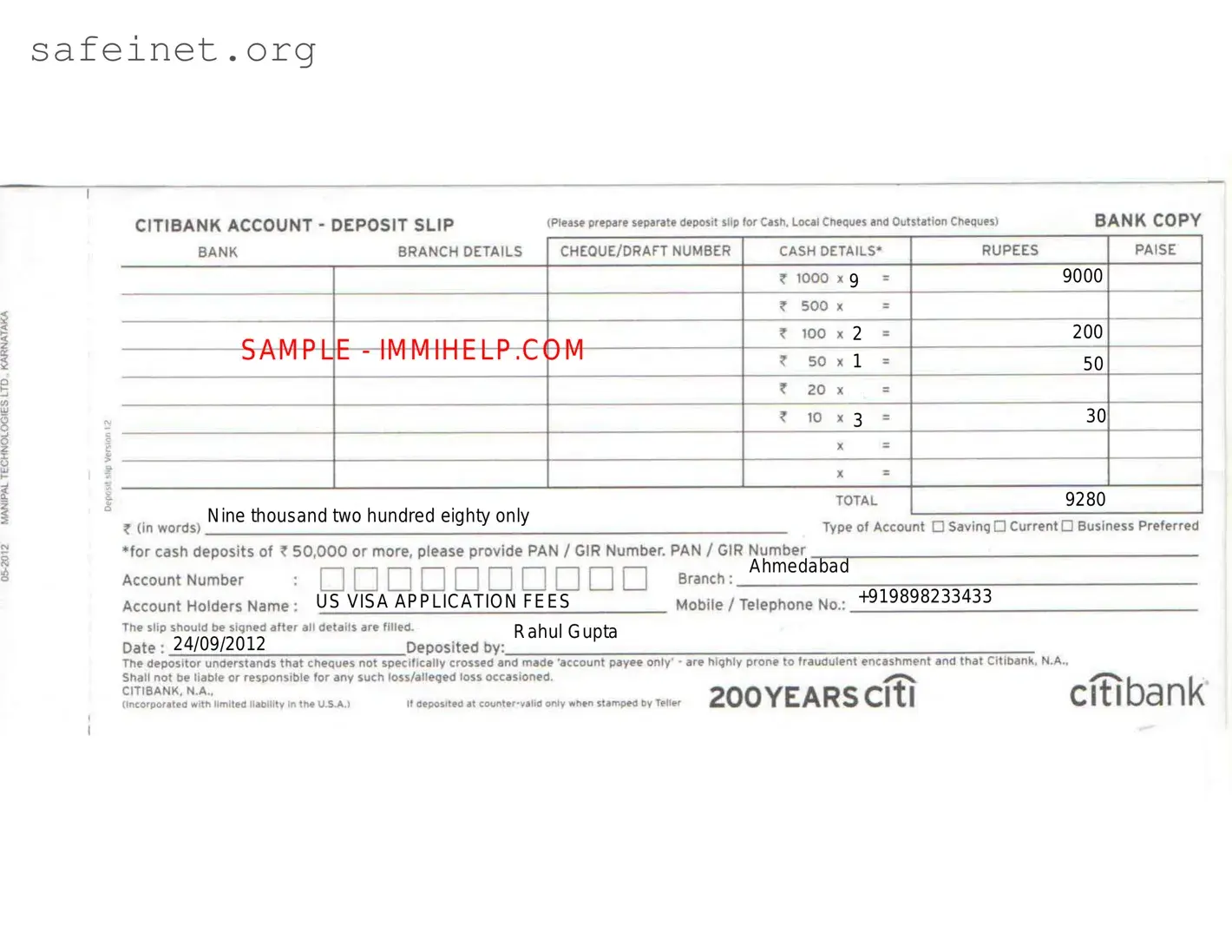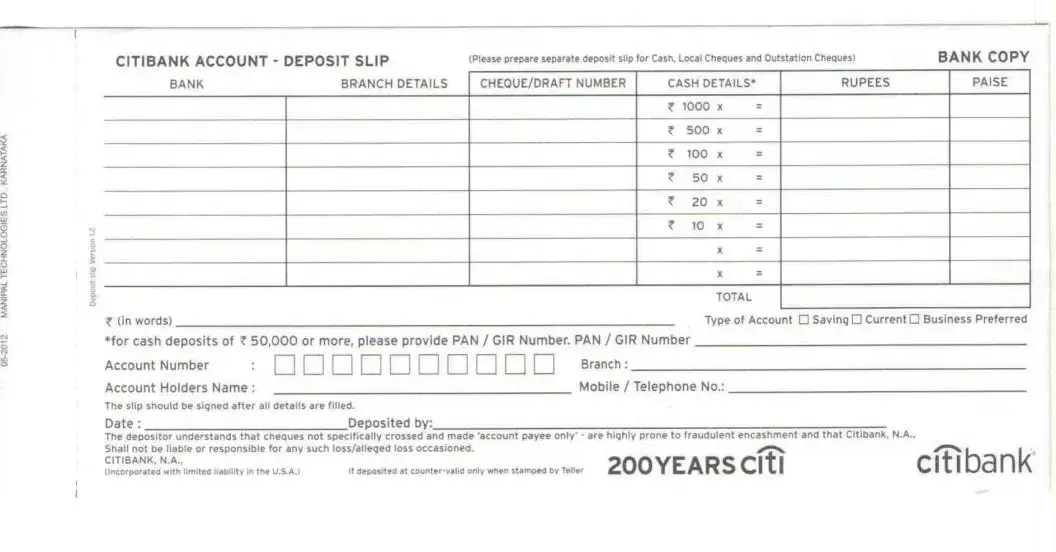What is the Civilian Leave Statement form?
The Civilian Leave Statement form is a document used by employees to officially request time off from work. It captures essential information about the leave, including the type and duration, ensuring that counts are accurate and leave policies are adhered to.
Who needs to fill out the Civilian Leave Statement form?
All civilian employees who wish to take a leave of absence from their job should complete the Civilian Leave Statement form. This includes those taking scheduled vacations, personal leave, or any other form of leave as per company policy.
What information do I need to provide?
You will need to provide your personal details, such as your name and employee number. Additionally, you should indicate the type of leave you are requesting and the specific dates. Understanding leave balances and approval processes is also crucial for accurate submission.
How do I submit the Civilian Leave Statement form?
The completed form should be submitted to your direct supervisor or the HR department, depending on your organization's policy. Ensure you do this well in advance of your leave to allow for proper processing.
What happens after I submit my form?
Your supervisor or HR will review your request, checking it against company policies and your leave balance. After review, you will receive a response, typically in writing, confirming whether your leave has been approved or if further information is needed.
Can I cancel my leave request after submission?
Yes, you can cancel your leave request. However, it's essential to notify your supervisor or HR as soon as possible so that they can update their schedules accordingly. Check the policy for specific cancellation procedures.
What if I forget to submit the form in time?
If you miss the deadline for submitting your leave request, speak with your supervisor or HR. Depending on the circumstances and your company's policies, they may allow for exceptions, but it's always best to plan ahead.
What if my leave request is denied?
If your leave request is denied, you may ask for clarification regarding the decision. If you feel there's a valid reason for your leave, discuss it with your supervisor or HR. Sometimes, a different arrangement can be negotiated.
Is the form different for various types of leave?
While the Civilian Leave Statement form remains the same, certain types of leave may require additional documentation or justification. Always check with HR for specific requirements relating to the type of leave you are requesting.
Where can I obtain the Civilian Leave Statement form?
The form is usually available through your company’s intranet site or at HR. If you have difficulty finding it, reaching out to HR will help you obtain the correct document.

